Growth in Consumer Electronics
The consumer electronics sector is witnessing a surge in the use of ABS resins, attributed to their excellent impact resistance and aesthetic appeal. Products such as smartphones, laptops, and home appliances increasingly incorporate ABS resins for their housings and components. The market for consumer electronics is expected to expand, with a projected growth rate of approximately 5% annually through 2025. This growth is likely to bolster the ABS resins market, as manufacturers seek materials that provide both functionality and design flexibility. The increasing demand for high-quality, durable consumer electronics suggests a promising trajectory for ABS resins, as they become integral to the production of innovative electronic devices.
Rising Demand in Automotive Sector
The automotive sector is experiencing a notable increase in demand for ABS resins, primarily due to their lightweight and durable properties. ABS resins are utilized in various automotive components, including dashboards, interior trims, and exterior panels. As manufacturers strive to enhance fuel efficiency and reduce emissions, the adoption of lightweight materials like ABS resins is likely to grow. In 2025, the automotive industry is projected to account for a significant share of the ABS resins market, driven by the need for innovative materials that meet stringent safety and performance standards. This trend indicates a robust future for the ABS resins market, as automotive manufacturers increasingly prioritize materials that contribute to overall vehicle efficiency.
Expansion of 3D Printing Applications
The rise of 3D printing technology is creating new opportunities for the ABS resins market. ABS resins are favored in additive manufacturing due to their ease of processing and ability to produce strong, lightweight parts. As industries such as aerospace, healthcare, and prototyping adopt 3D printing, the demand for ABS resins is likely to increase. The market for 3D printing materials is projected to grow significantly, with ABS resins playing a crucial role in this expansion. This trend indicates that the ABS resins market may experience a shift towards more innovative applications, as manufacturers explore the potential of 3D printing to create complex geometries and customized products.
Increased Focus on Sustainable Materials
The ABS resins market is witnessing a shift towards sustainability, as manufacturers and consumers alike prioritize eco-friendly materials. The development of bio-based ABS resins and recycling initiatives is gaining traction, driven by regulatory pressures and consumer preferences for sustainable products. This trend is likely to enhance the market appeal of ABS resins, as companies seek to align with environmental goals. The market for sustainable materials is expected to grow, with projections indicating a compound annual growth rate of around 7% through 2025. This focus on sustainability may lead to innovations within the ABS resins market, as manufacturers explore new formulations and processes that reduce environmental impact.
Technological Innovations in Manufacturing Processes
Technological advancements in the manufacturing processes of ABS resins are poised to drive growth within the ABS resins market. Innovations such as improved polymerization techniques and enhanced processing methods are likely to increase production efficiency and reduce costs. These advancements may also lead to the development of higher-quality ABS resins with superior properties, catering to diverse applications across various industries. As manufacturers adopt these technologies, the ABS resins market could see a transformation in product offerings, enabling companies to meet evolving customer demands. The potential for increased efficiency and product quality suggests a promising outlook for the ABS resins market as it adapts to technological changes.
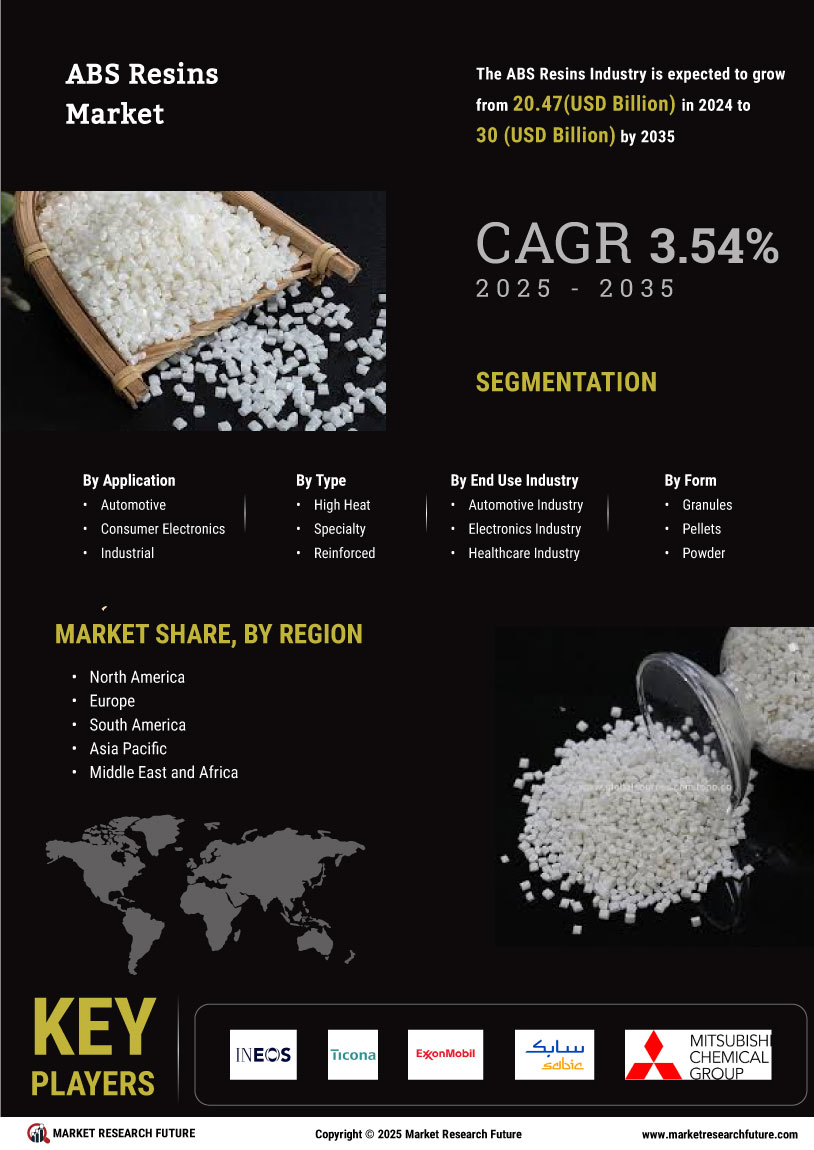

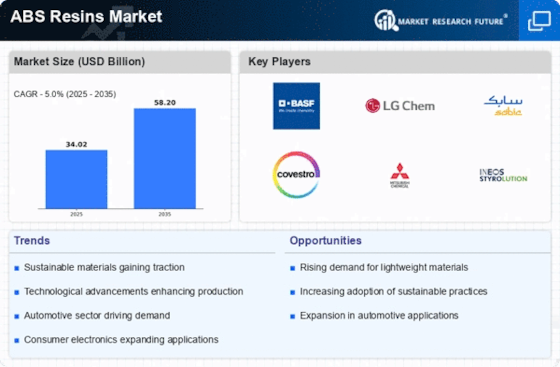
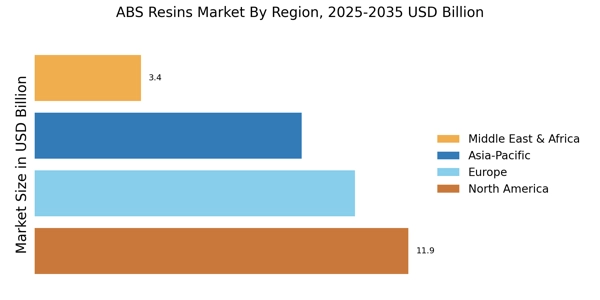


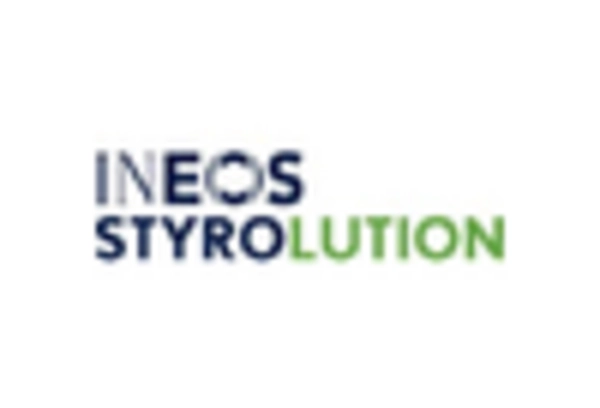
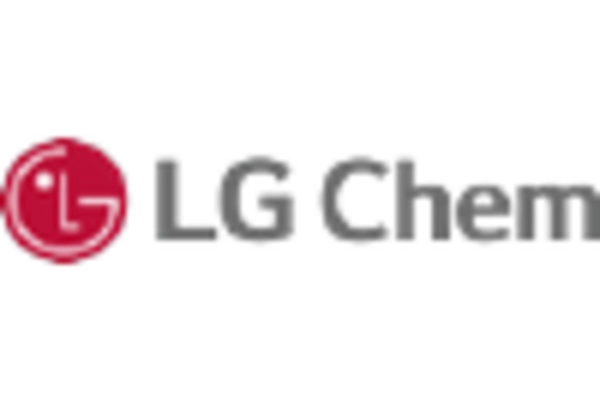
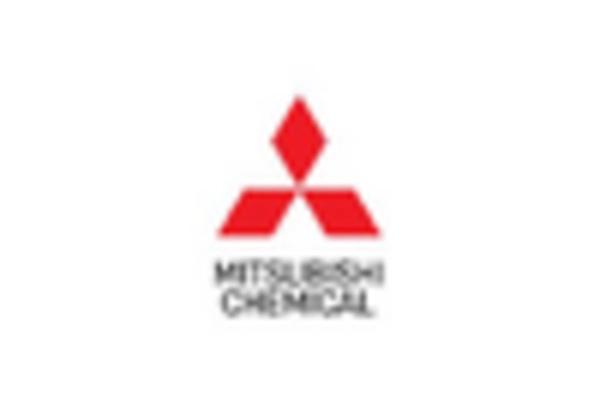









Leave a Comment